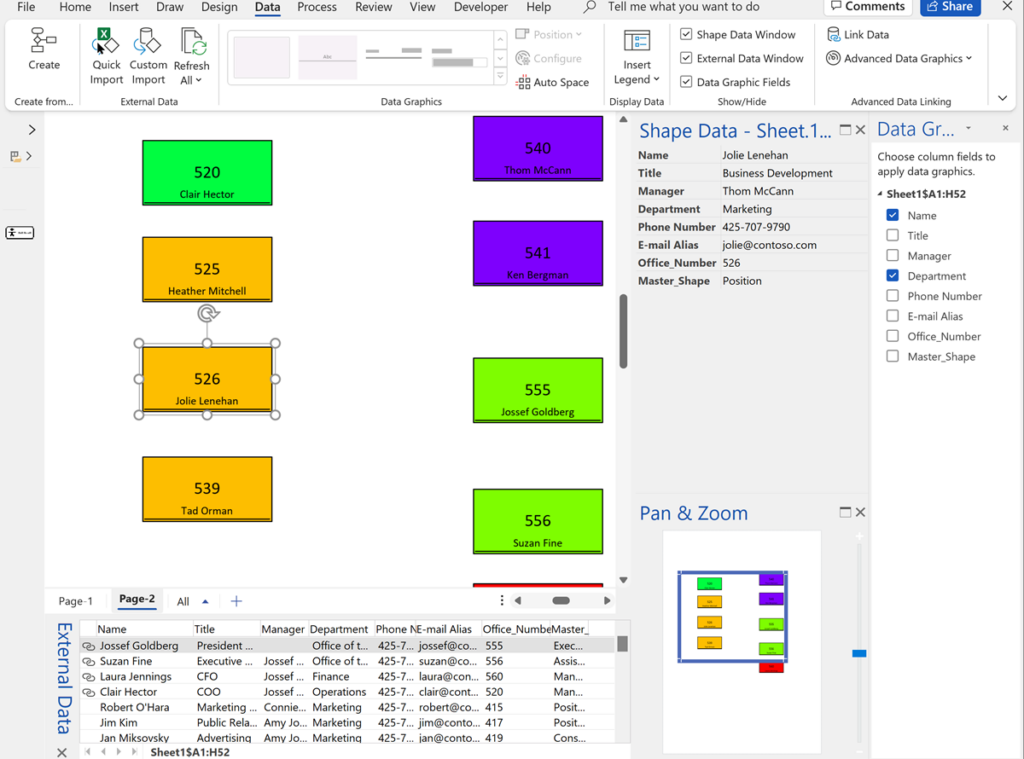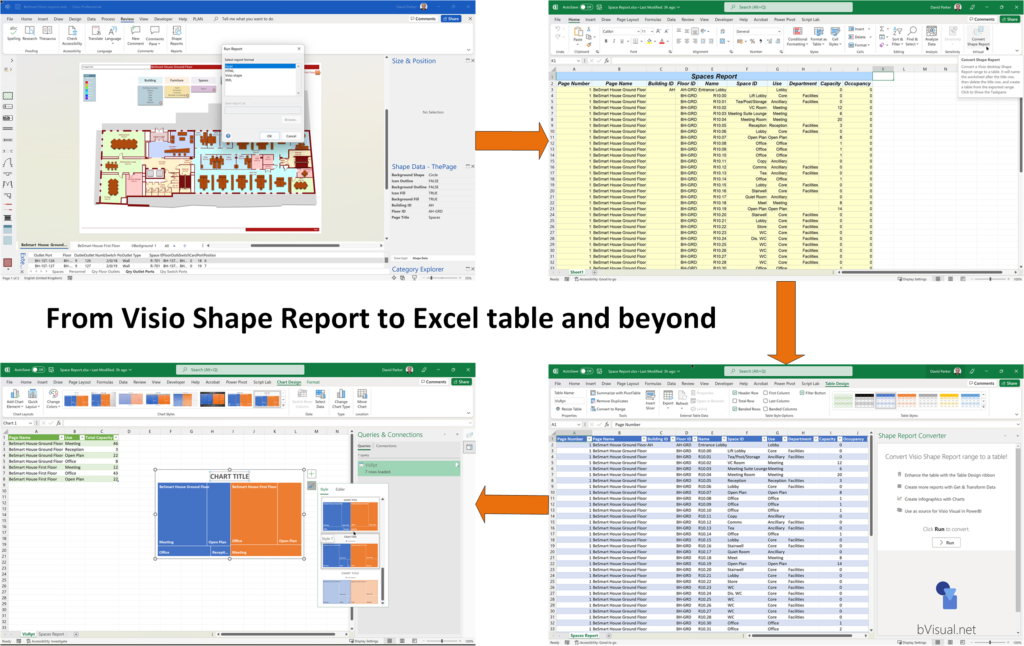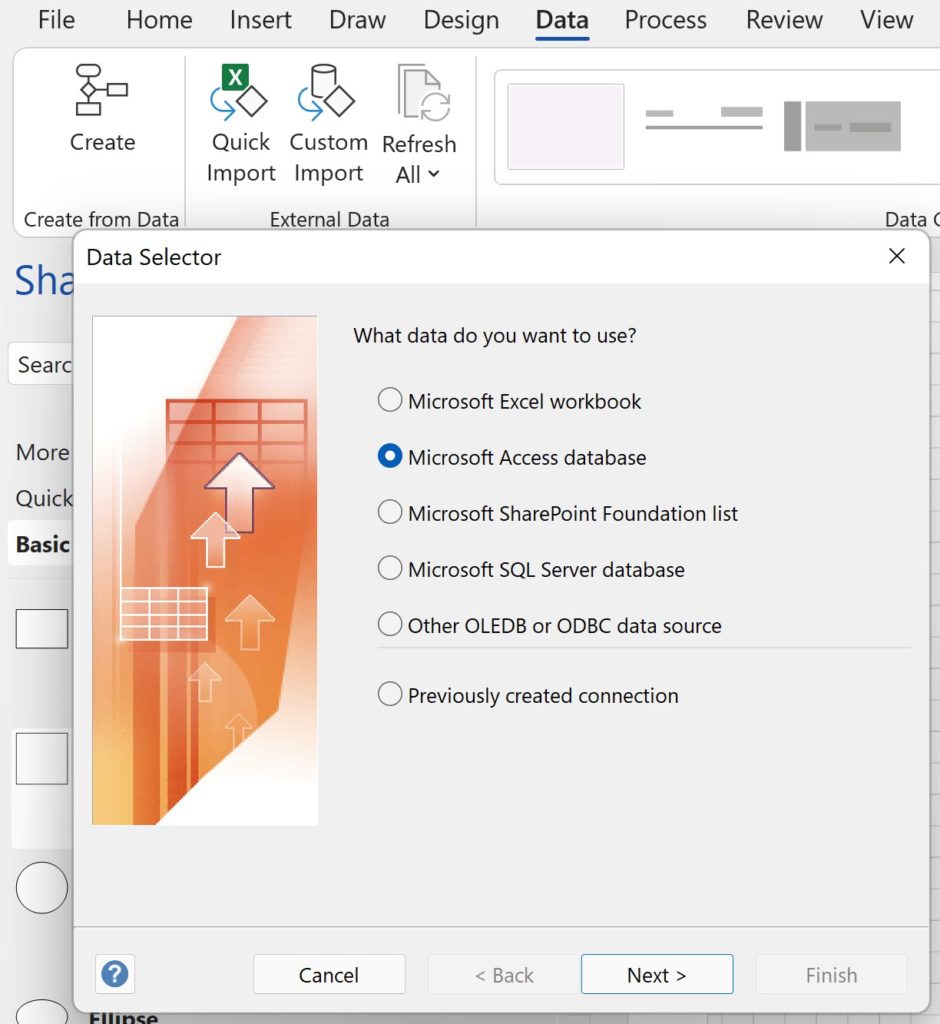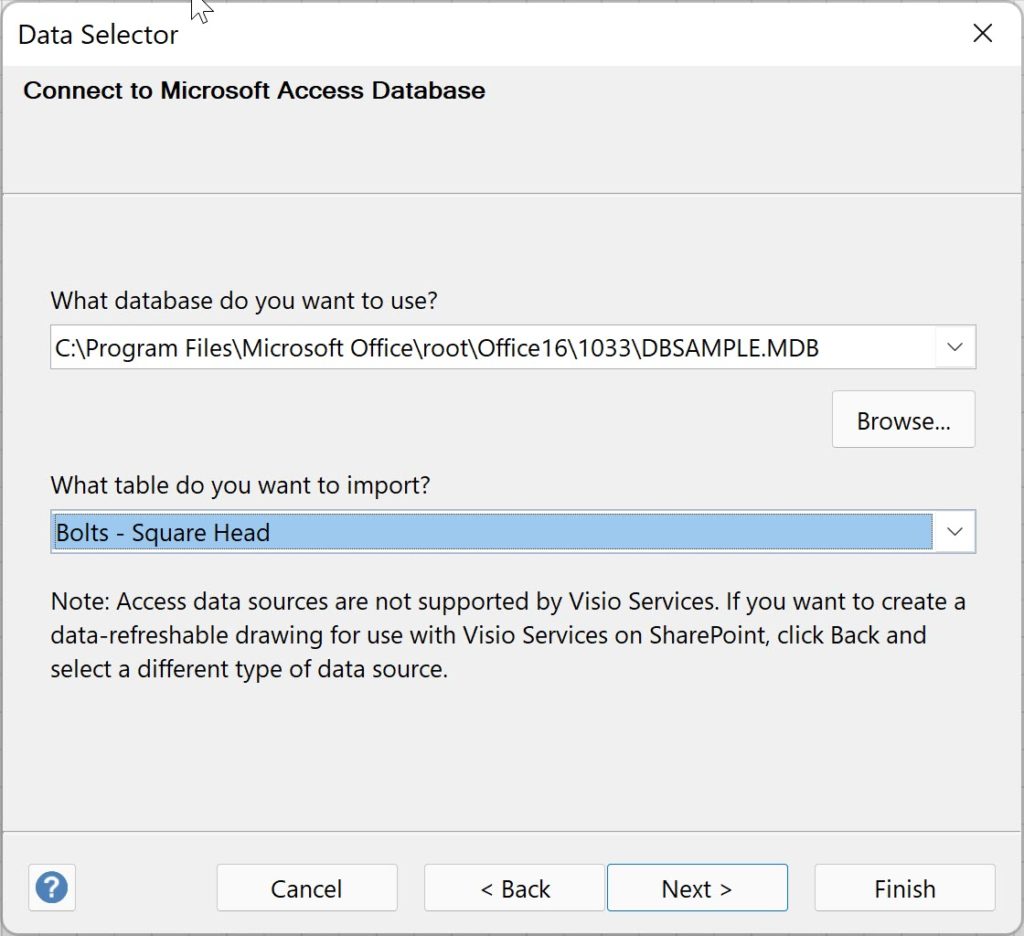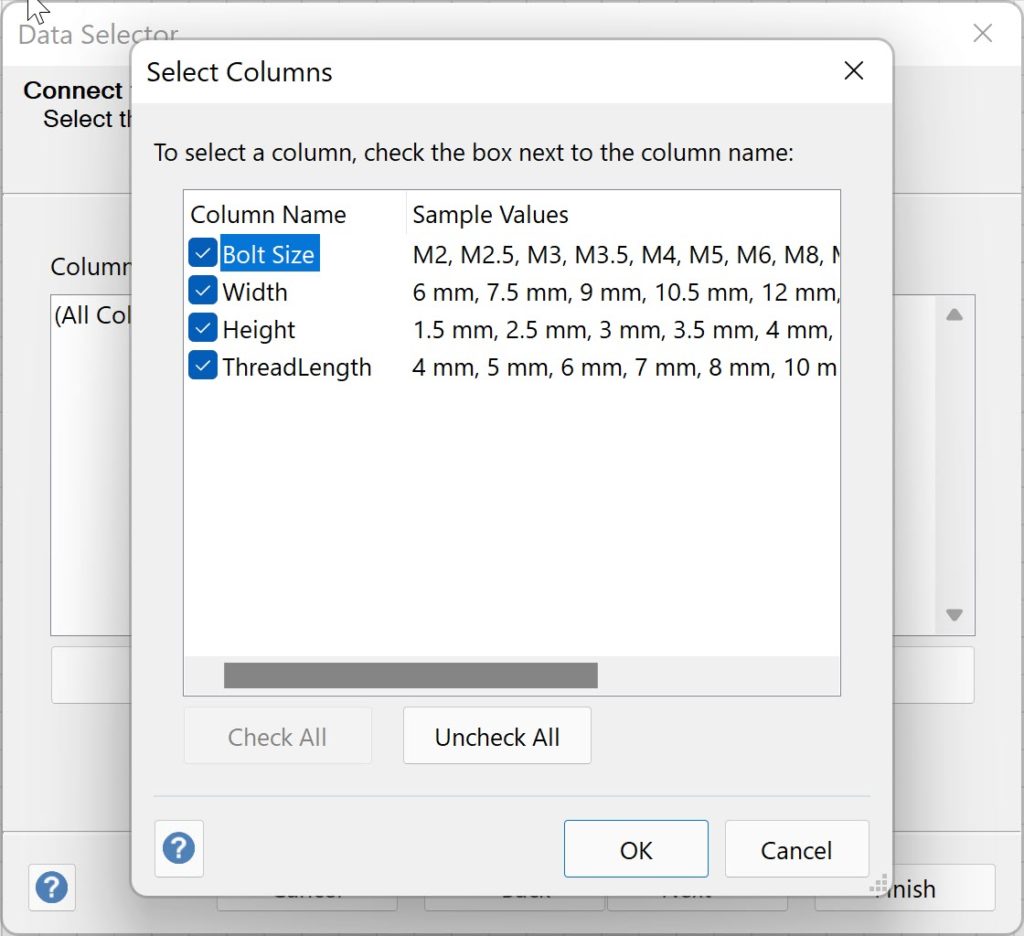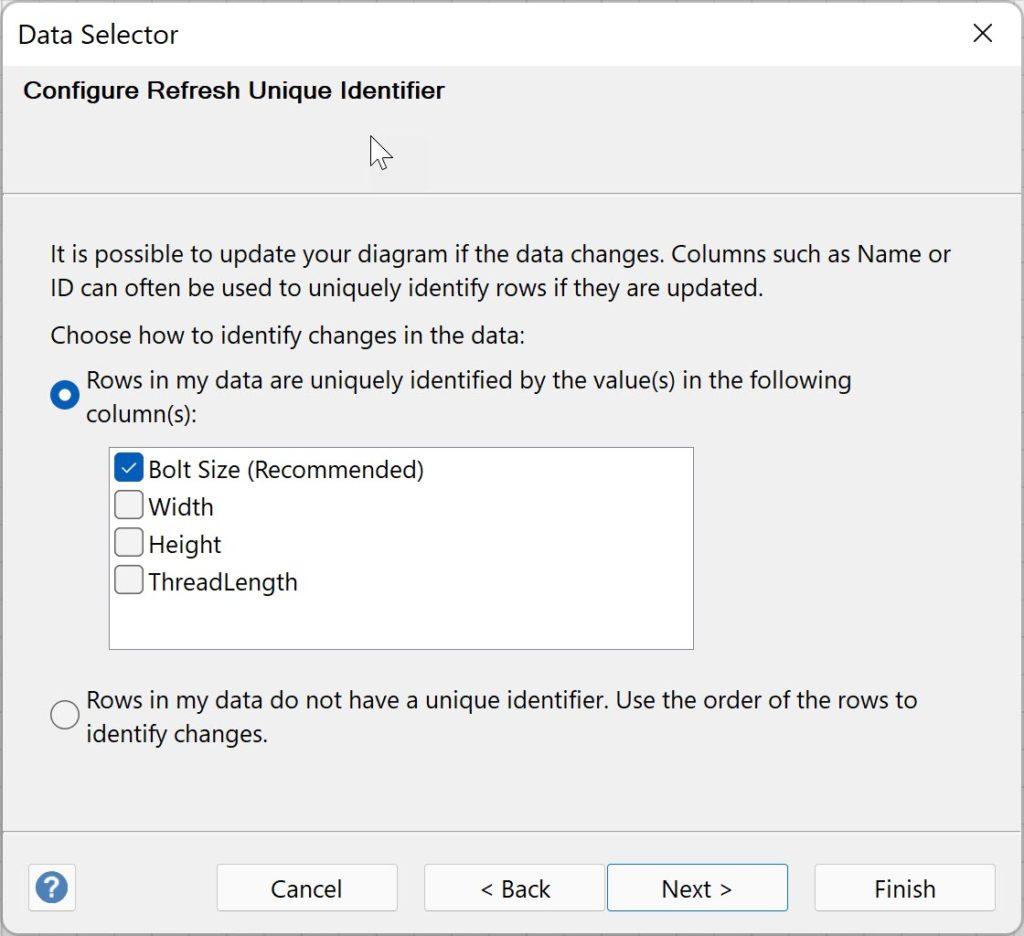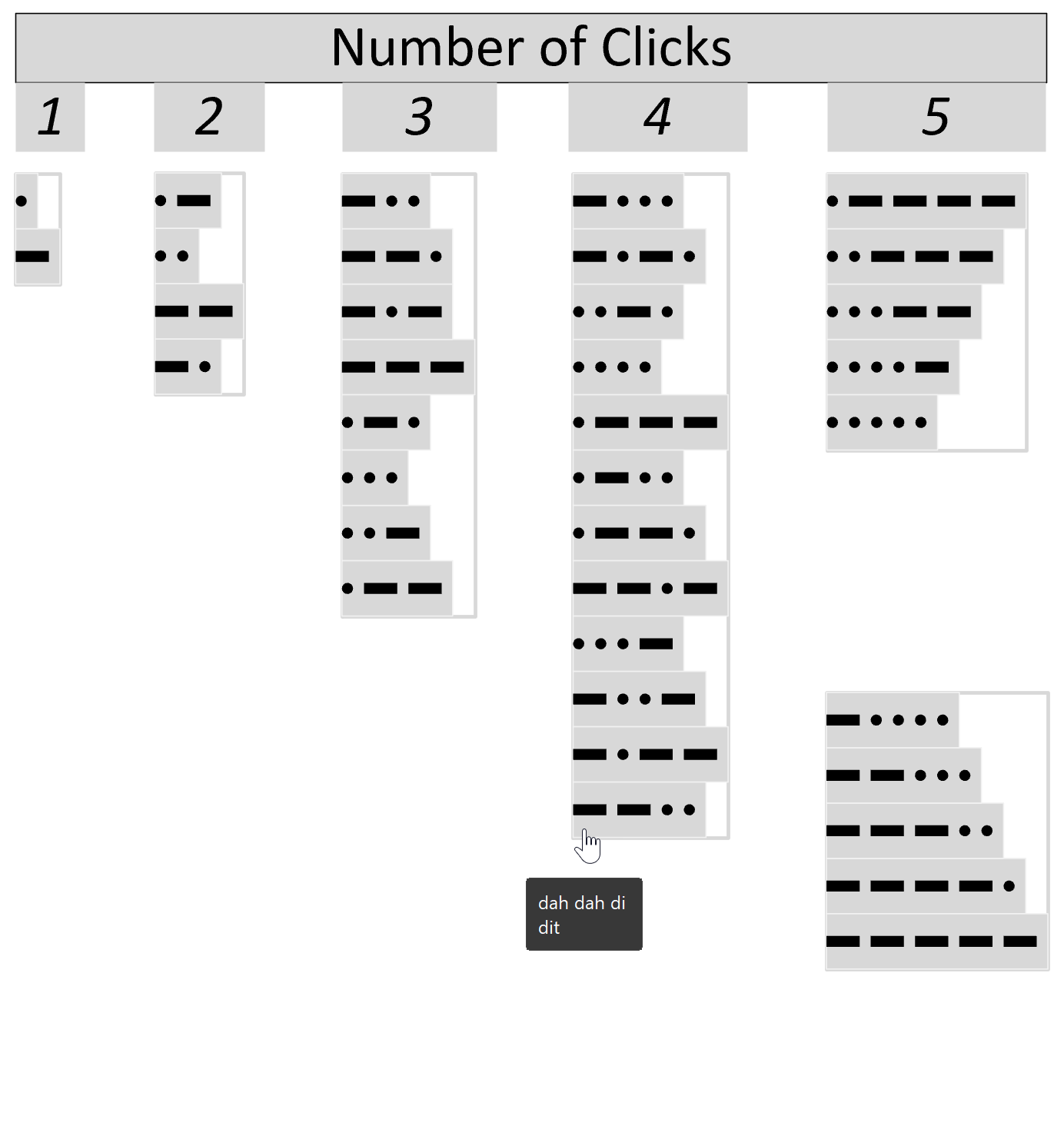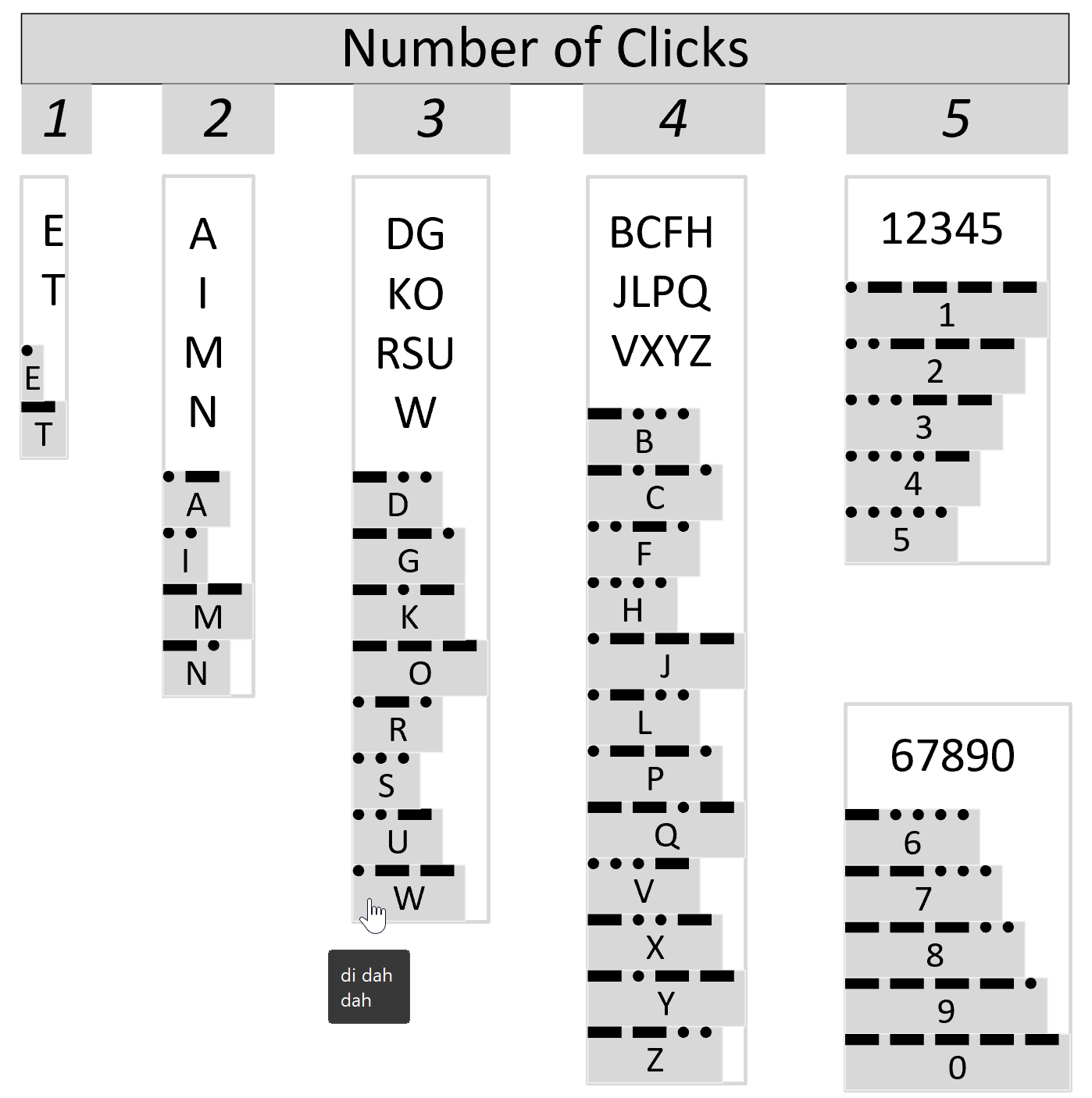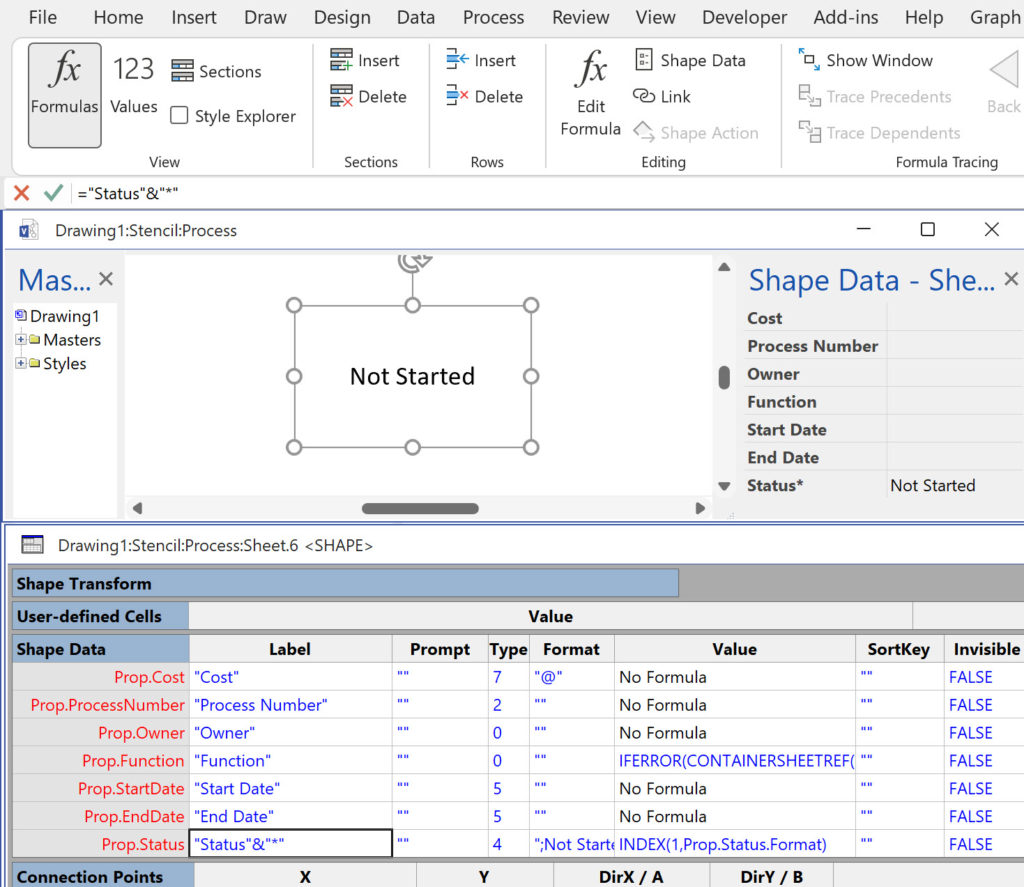One of the most useful capabilities of Visio Professional and Visio Plan 2 is to link external data to shapes and have them refreshed by changes in the data source. So, many of my solutions involve writing code to make these links, and they are covered with some VBA examples in my book, Mastering Data Visualization with Microsoft Visio Professional 2016, but I mostly write C# code in VSTO add-ins, so I thought it would be useful to demonstrate how easy it is to create data links by dropping a shape, and by adding links to an existing shape. The book, by the way, is still relevant for the current Visio Professional and Visio Plan 2 editions!
